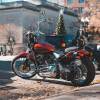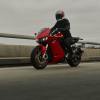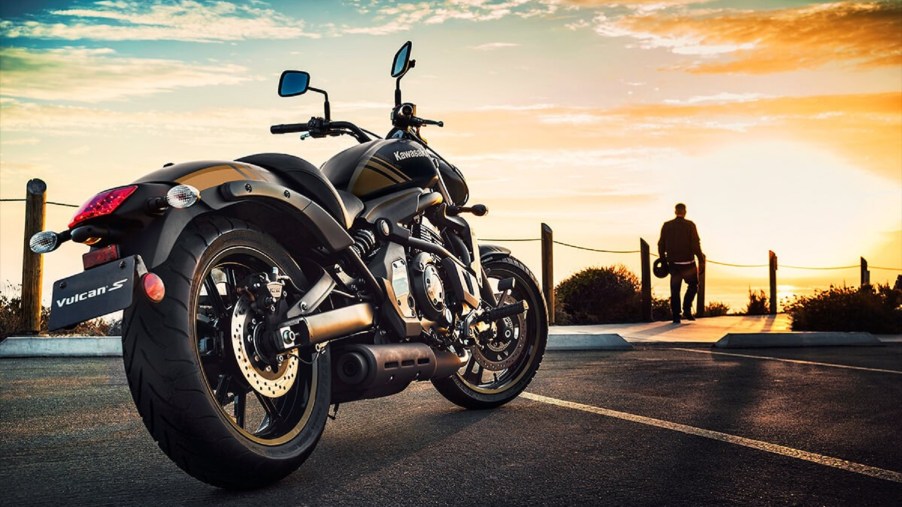
The Kawasaki Vulcan May Be Getting the Ninja H2’s 200-Hp Engine
Harley-Davidson isn’t the only motorcycle company with cruisers. While Kawasaki may be better known for sportbikes and dual sports, it also offers café racers, touring bikes, and cruisers. In fact, the Kawasaki Vulcan is one of the quickest cruisers on sale today. But it may be getting even quicker. New rumors suggest Kawasaki may be giving the Vulcan the Ninja H2’s supercharged engine.
Kawasaki Vulcan rumors
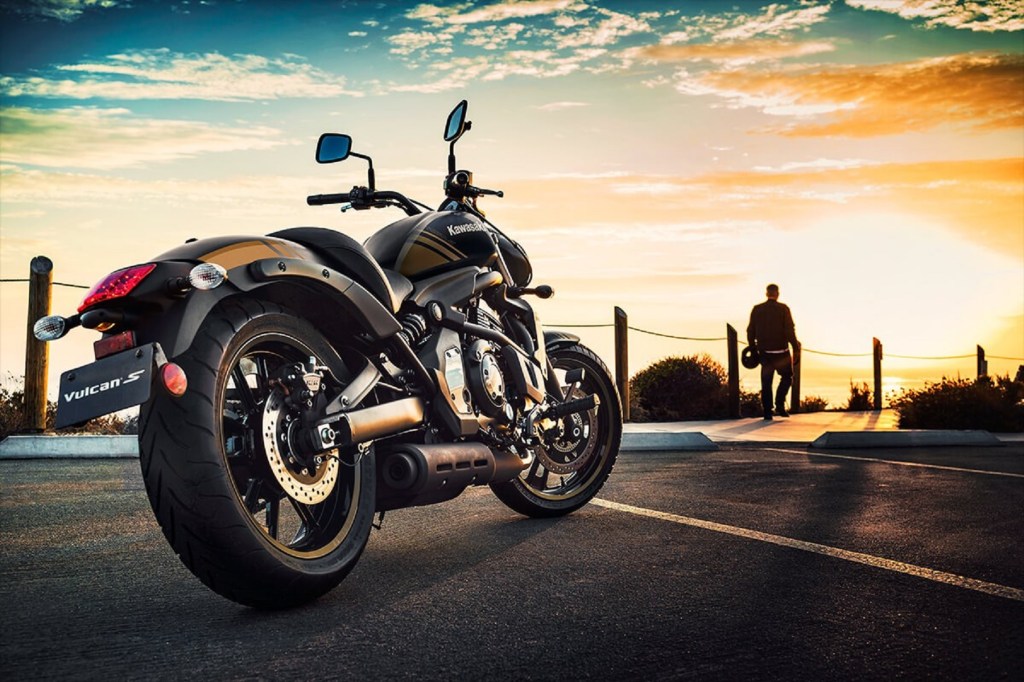
At the moment, the Kawasaki Vulcan S and S Café are the most-powerful Kawasaki non-touring cruisers. The Vulcan S uses the same 649cc two-cylinder as the Ninja 650, which put out about 54 hp on Cycle World’s dyno. The Vulcan 900, though, makes more torque.
However, according to RideApart, the Japanese motorcycle company is considering giving the cruiser the Ninja H2’s engine. When it was first released in 2015, the sportbike’s 998cc supercharged four-cylinder produced 200 hp and 99 lb-ft in street-legal form, The Drive reports.
The engine was revised in 2019, to what Financial Express and Revzilla report is 230 hp and 105 lb-ft. This same 998cc engine is also used in the naked Z H2, albeit retuned to 197 hp and 101 lb-ft.
Safe to say, putting such an engine in the Vulcan wouldn’t exactly be straightforward. However, RideApart also reports Kawasaki is planning on updating the entire Vulcan lineup. Giving the cruiser a new engine would be significantly easier if the chassis was also being redesigned. Thai website MotorRival even produced a render, shown above, of what the bike could look like.
How likely is the Vulcan to get the Ninja H2’s engine?
As of this writing, Kawasaki has neither confirmed nor denied the Vulcan rumors. But the company may have a few reasons to at least consider the idea.
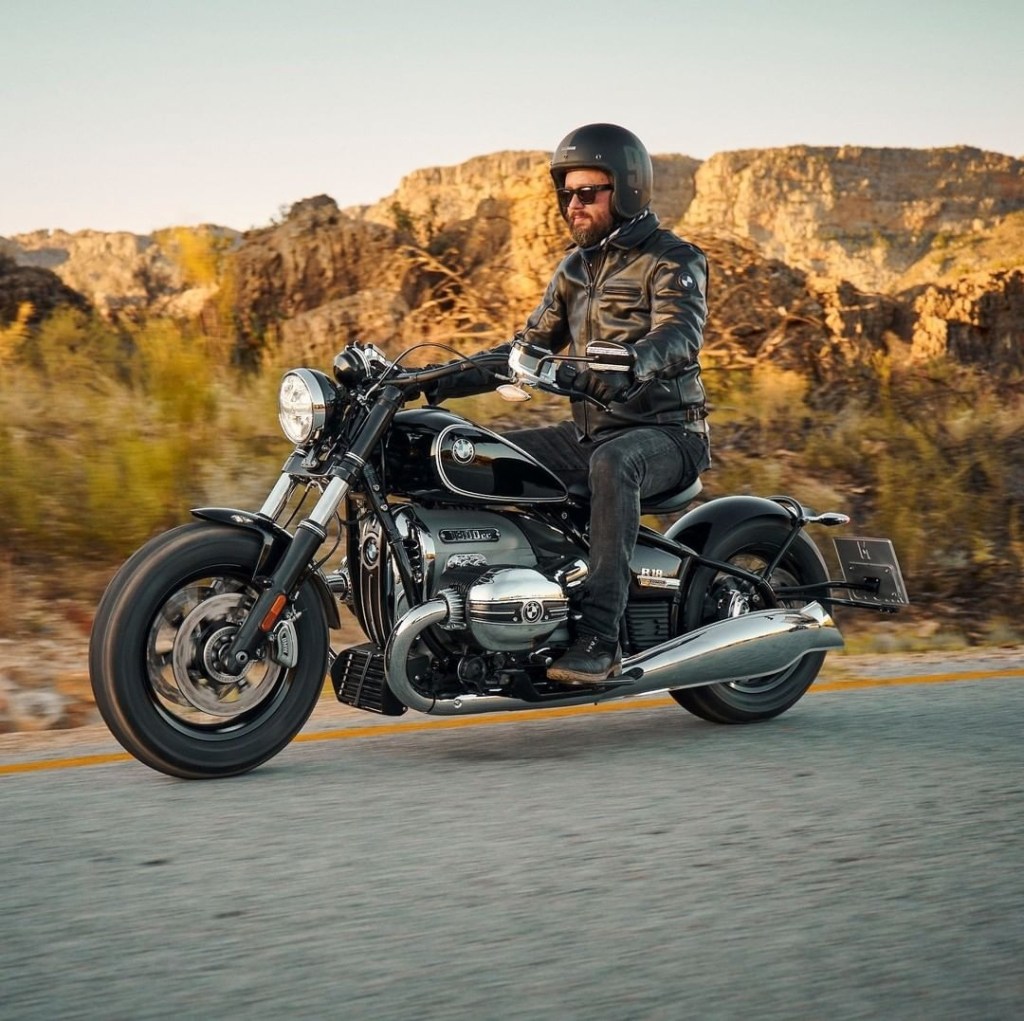
For one, more manufacturers are participating in the cruiser segment, which includes the so-called ‘power cruisers.’ BMW’s releasing the 91-hp 1802cc R18 in autumn 2020. And Ducati currently offers the Diavel 1260, which has a 159-hp engine. The Kawasaki Vulcan lineup already includes bagger and touring models. Arguably, a power cruiser model would be a natural addition.
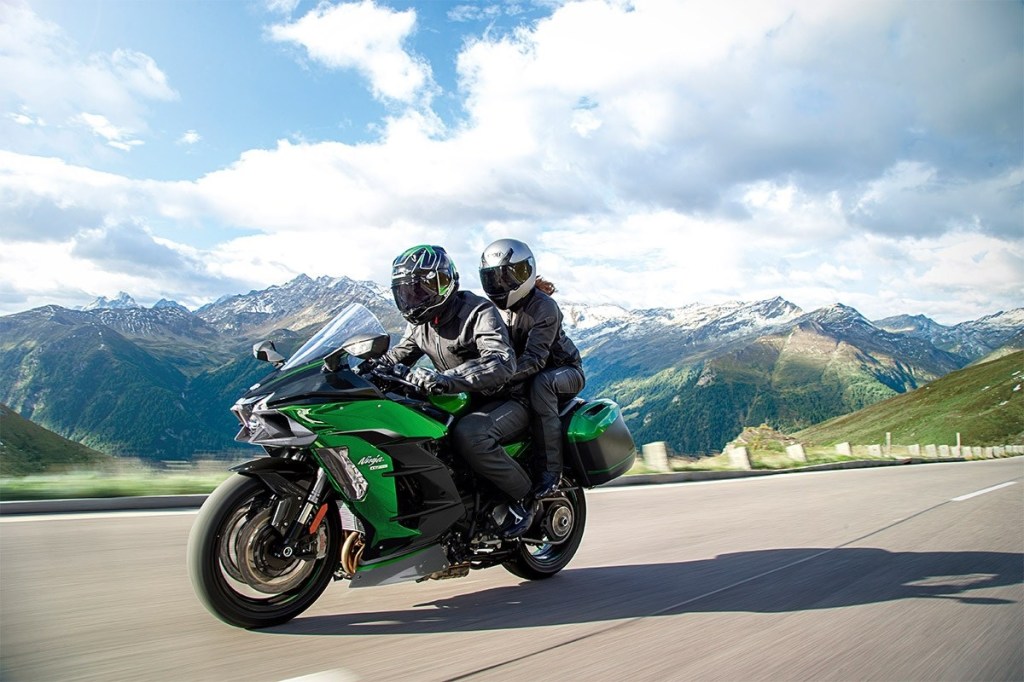
Secondly, Kawasaki’s also expanded the Ninja H2 line. In addition to the 310-hp track-only H2R and the naked Z H2, there’s also the Ninja H2 SX touring bike. It has the same 197-hp version of the H2’s engine, Motorcyclist reports. And it was capable enough to be named to Cycle World’s 2018 Ten Best list. True, all these bikes are built on roughly the same chassis. But it does show that the H2 engine has applications for both short and long rides.
But, marketing a Kawasaki Vulcan H2 won’t necessarily be easy.
What might complicate matters
Price actually might not be that big of an issue.
The 2020 Kawasaki Vulcan S, with ABS, starts at $7499; the Café adds $600. The 1700 Voyager ABS, which has a 1700cc V-twin, starts at $17,499. Meanwhile, the 2020 Ninja H2 SX starts at $25,000. And the Z2 H2 starts at $17,000. That’s roughly double the price of the largest non-supercharged Kawasaki naked bike, the Z900.
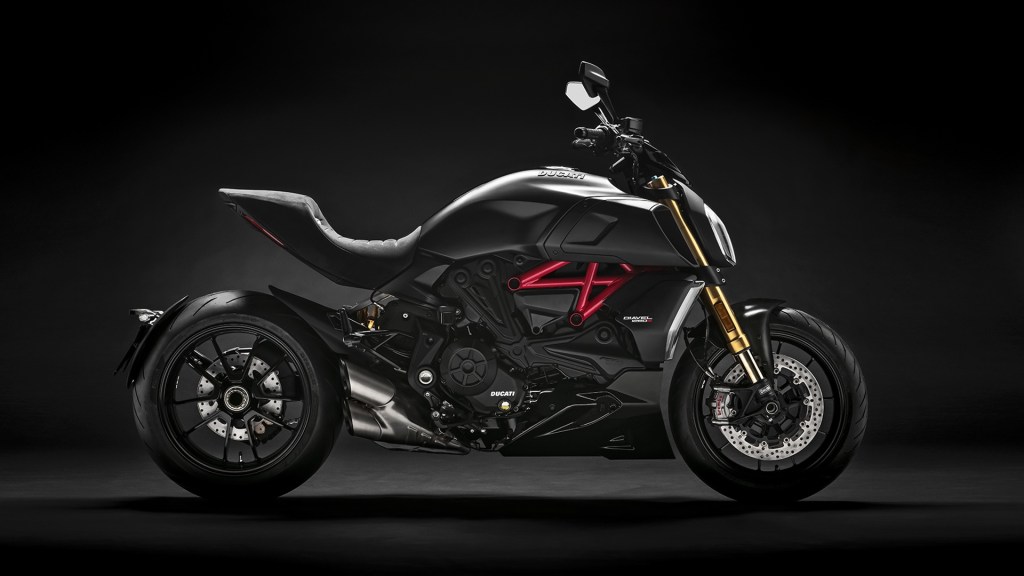
However, the base BMW R18 is expected to start at $17,495 with destination fee. And the Diavel 1260 costs $20,295. Even if the H2 option doubles the Vulcan’s sticker price, it’ll still be cheaper than both. And if it does come with 197 hp like the Z H2, it’ll have more power than the Ducati.
The bigger issue, though, is emissions. Kawasaki is killing off its Ninja ZX-14R in European and Asian markets because of tighter emissions controls. That’s also why the Suzuki Hayabusa’s been discontinued outside the US. And while the US’ looser regulations mean a Vulcan H2 would likely be allowed here, a US-only motorcycle wouldn’t make much business sense.
But if Kawasaki can make an electric motorcycle with a manual, a Ninja H2-powered Vulcan doesn’t sound that crazy.
Follow more updates from MotorBiscuit on our Facebook page.
